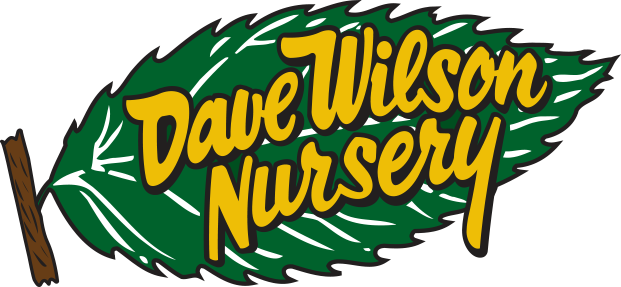We sell our products to retail nurseries, garden centers, container growers who sell to landscape contractors and retail nurseries, mail order nurseries, and anyone else who qualifies. We do not accept direct sales to consumers.
1. Select varieties and rootstocks adapted to your climate and planting location.
2. Fruit trees require reasonably good soil drainage. If your soil drains poorly, elevate the planting a foot or two above the surrounding soil level with a berm or raised bed to keep the root crown above the water-saturated (oxygen-deprived) soil.
3. Small trees are much easier to spray, protect, prune, thin and harvest. For closely-planted backyard trees, control tree size by summer pruning.
4. The main defense against pests and disease is an otherwise healthy, vigorous tree. Don't over-fertilize. Don't over- or under-water. Prune for good air circulation and sunlight penetration in the canopy.
5. For local fruit growing information, consult your local fruit tree nursery and Cooperative Extension and Master Gardener program. See also Buying Fruit Trees.
If planting fruit trees for the first time and the information seems overwhelming, keep it simple. You learn gardening by gardening and fruit growing by fruit growing. With some hands-on experience the research becomes much more meaningful. Know your soil drainage, choose trees for your climate and site, then keep up the pruning and dormant sprays.
If you are just starting to study home fruit growing, see Introduction to Home Fruit Growing.
For more information about home fruit growing, see Getting Started.
